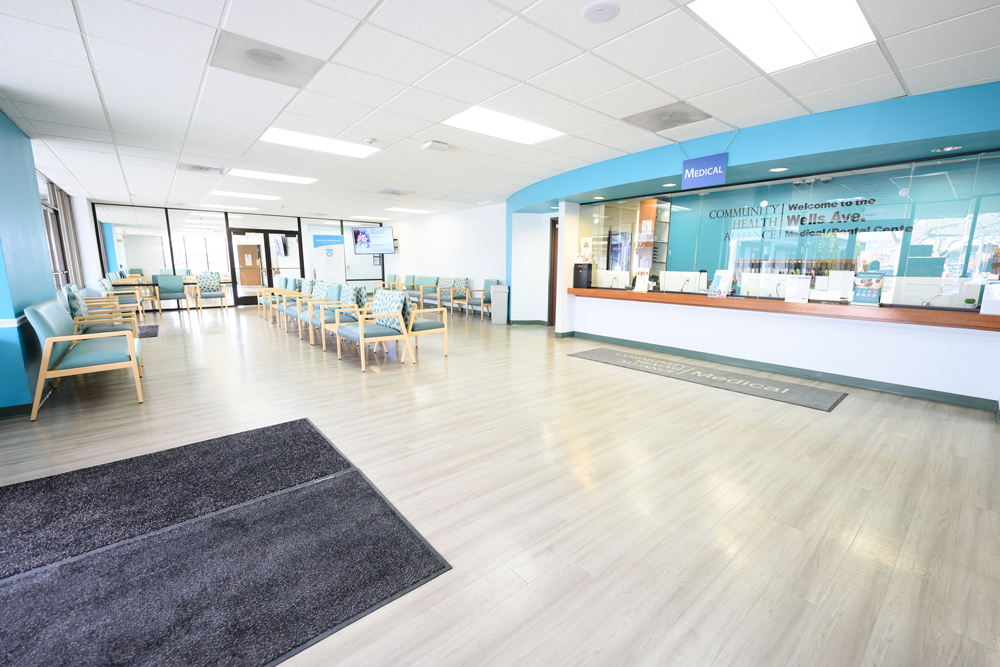The Commonality of Physical Exercise Neurogenesis and Neuroplasticity
by Patrick Rogers
Most adults know how to drive a car, understand the concept of turning the key to start the engine and how moving the shift lever from “P” to “D” allows you to move. Foot on the brake pedal, car slows and stops. Foot on the accelerator pedal, car moves. Turn steering wheel in the direction you want to go, car goes that direction. Few people understand the internal process of what happens when you do these things. The movement of electricity throughout the motor, the explosions in the cylinders, how fluids move to keep the motor from damage by heat or cold, how gears interact in perpendicular fashion to turn wheels. This same theory holds true for exercise. Most understand the benefits of exercise to their bodies by improving cardiovascular function and muscle strength. Some even understand its importance to the brain and our emotional states. But how and why are very often misunderstood.
First, let us define the terms. Neurogenesis translates into Neuro, relating to the nervous system or neuron specifically relating to the brain and transmitting of information and genesis meaning the beginning, origin, or creating. Combined, neurogenesis means the growth or creation of new pathways in the brain. Neuroplasticity then translates using the same prefix of neuro and adding plasticity, which means to change into a desirable form. Together, the brain is capable of growing new pathways and changing to a new way of thinking through neurogenesis and neuroplasticity.
So how does one go about initiating this “growth” and “change”? The answer is quite simple and that is physical exercise. The only way to grow more and new neurons in the brain is through the generation of “Brain Derived Neurotropic Factor”, or BDNF. BDNF is a gene that is stimulated through exercise. This is why, during or after any moderate exercise, we feel more creative, have better problem solving and our mood is lifted. We just feel better mentally after exercising. The idea for neuroplasticity then is to utilize these new neuropathways to make good feelings be the norm rather than the exception. There is great opportunity after exercising to find a new way of thinking and feeling with your brain now being refreshed and open to learning. Immediately after exercise watch, read, listen to something you find inspiring, motivating, humorous, calming, empowering, etc. When we do this, we are quite literally re-wiring the brain to be what we want it to be. Do this as often as possible. After time our perspective begins to change. Barriers become opportunities. Depression and sadness begin to lift. Anxiety and self-doubt gradually turns into confidence and calm. This is neuroplasticity at its finest and it all starts with exercise.
Science has shown that exercise, even in its mildest form, is quicker acting, longer lasting, and more effective than any antidepressant or anti-anxiety medication. So, go for a walk every day, engage your brain in pleasurable activities and feel the way you want to feel. You will not regret it!
Sign Up for Our Newsletter
SubscribeSign Up for Our Newsletter
By submitting this form, you are consenting to receive marketing emails from: Community Health Alliance. You can revoke your consent to receive emails at any time by using the SafeUnsubscribe® link, found at the bottom of every email. Emails are serviced by Constant Contact
By submitting this form, you are consenting to receive marketing emails from: Community Health Alliance, 680 S. Rock Blvd, Reno, NV, 89502, https://www.chanevada.org. You can revoke your consent to receive emails at any time by using the SafeUnsubscribe link found at the bottom of every email.


